10 years of Counter-Strike: Global Offensive
How Steam's most popular game became its most popular game.
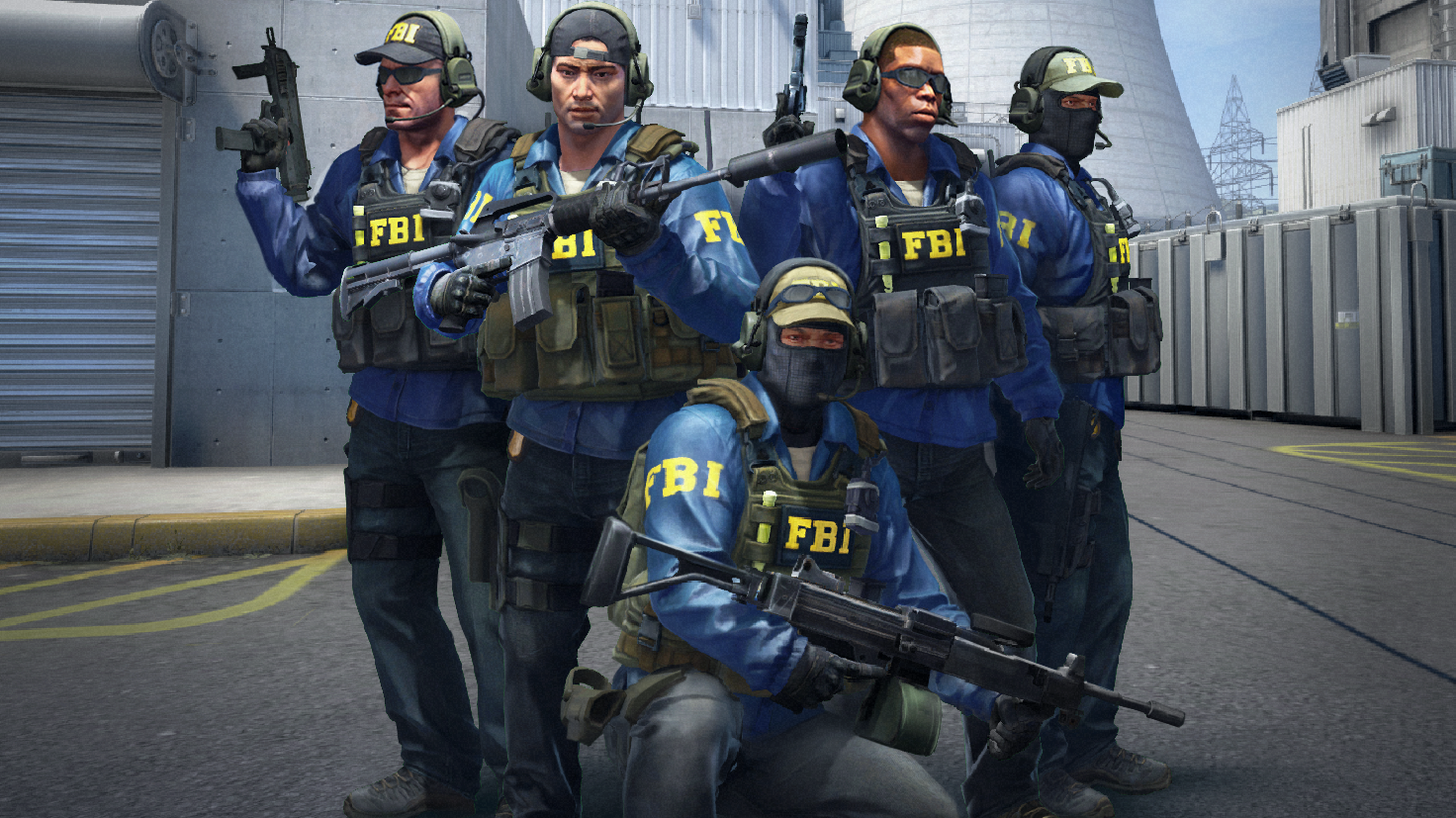
The greatest competitive FPS of this generation began its life as a console port. Envisioned as a new era for the iconic franchise, Counter-Strike: Global Offensive was meant to bring together the fractured communities of 1.6 and Source, and finally bring Counter-Strike to consoles where the FPS genre was growing rapidly.
A full decade old, CS:GO still draws 21 million players a month and sells out massive esports stadiums for major tournaments, although the dream of succeeding on console never did materialise. Few games will ever be able to reach the heights CS:GO has, and its journey isn’t over yet.
But the 10 year anniversary presents a great time to look back at the moments that made CS:GO what it is today. There’s been major controversies that led to new internet regulation, updates that influenced hundreds of future games, and the journey to become one of the biggest esports in the world. It’s been quite the rollercoaster for fans, and even kept distant onlookers entertained at times.
A divisive launch
Pitched as the game to unite the fractured Counter-Strike community, hopes were certainly high for CS:GO when it was announced, but as soon as it launched it was clear this was not what either side wanted.
"As a 1.6 player who didn’t move to Source and someone who wanted to see our great game thrive, I was incredibly disappointed," says James Banks, a former 1.6 pro who is now a top broadcast talent at CS:GO events. "It looked great but it felt like they were trying to be like Call of Duty and I thought my great game was never going to go back to its glory."
"I was friends with a lot of the UK scene’s Source players at the time and the collective opinion was that the game was terrible," says Jack "Jacky" Peters, a top CS:GO caster. "[It was] a poorly made game designed to be a port of Source to the current consoles at the time, the gameplay wasn't tight, the game was smeared in a thick layer of fog and blur and had none of the creature comforts players know and love about CS:GO today."
Trying to unite the players of both 1.6 and Source was always going to be a tough challenge, but initially CS:GO was just straight-up bad. In those early months of CS:GO’s life, and throughout the beta that preceded it, there was a lot of talk of players just sticking with the old versions of Counter-Strike, especially Source, and it felt like there was a very real chance that CS:GO wouldn’t live on for long.

Skin in the game
"Skins allowed the community to be collectors and allowed a form of self-expression we had not seen before."
James Bardolph
The addition of skins a year after CS:GO launched was the most important update the game has ever seen. Without them it’s likely the game wouldn’t be anywhere near as popular as it is today, even though skins were nowhere near as prevalent as they are today. Over the years to come CS:GO would popularise the practice by showing how skins created their own mini-economy that both brought more eyes to the game and more money to the scene in general.
The biggest gaming news, reviews and hardware deals
Keep up to date with the most important stories and the best deals, as picked by the PC Gamer team.
"The skins ecosystem for CS:GO was very important; it set a lot of benchmarks beyond just the game itself for what items can mean to this generation of games, but it also expanded the ecosystem of Counter-Strike for users in a very important way," says James Bardolph, a top CS:GO caster.
"Counter-Strike is one of those titles that comes along very few times in a generation that spawns a grassroots community of contributors to the game and has its own culture—the maps people make, the timeless moments the game has made (door stuck, anyone?) and many other things. Skins allowed the community to be collectors and allowed a form of self-expression we had not seen before."
As skins grew in popularity an economy grew around trading them and, while there were a lot of issues (more on that soon), the money they brought in helped the game’s pro scene significantly. Without the money that third party skin trading and gambling sites made through taking commissions on trades, or just being a straight-up casino, as well as the sticker money directly made by pro teams through in game sales, it’s likely the pro scene would be considerably smaller than it is today, as skin-related sites funded a significant amount of teams and tournaments for many years, even to this day, the current number one ranked team in the world, NAVI, are sponsored by trading site CS.Money.
"The addition of skins was fundamental to the growth of the game," says Max "MiGHTYMAX" Heath, a pro player for Team Endpoint who has been at the top level for over seven years. "It introduced cosmetics to the game which attracted lots of new players, as well as creating sponsorships for tournaments and teams. I think the growth of the game would have been massively hurt without the introduction of skins, all you have to do is look at the trend of other games implementing the same or similar cosmetics."
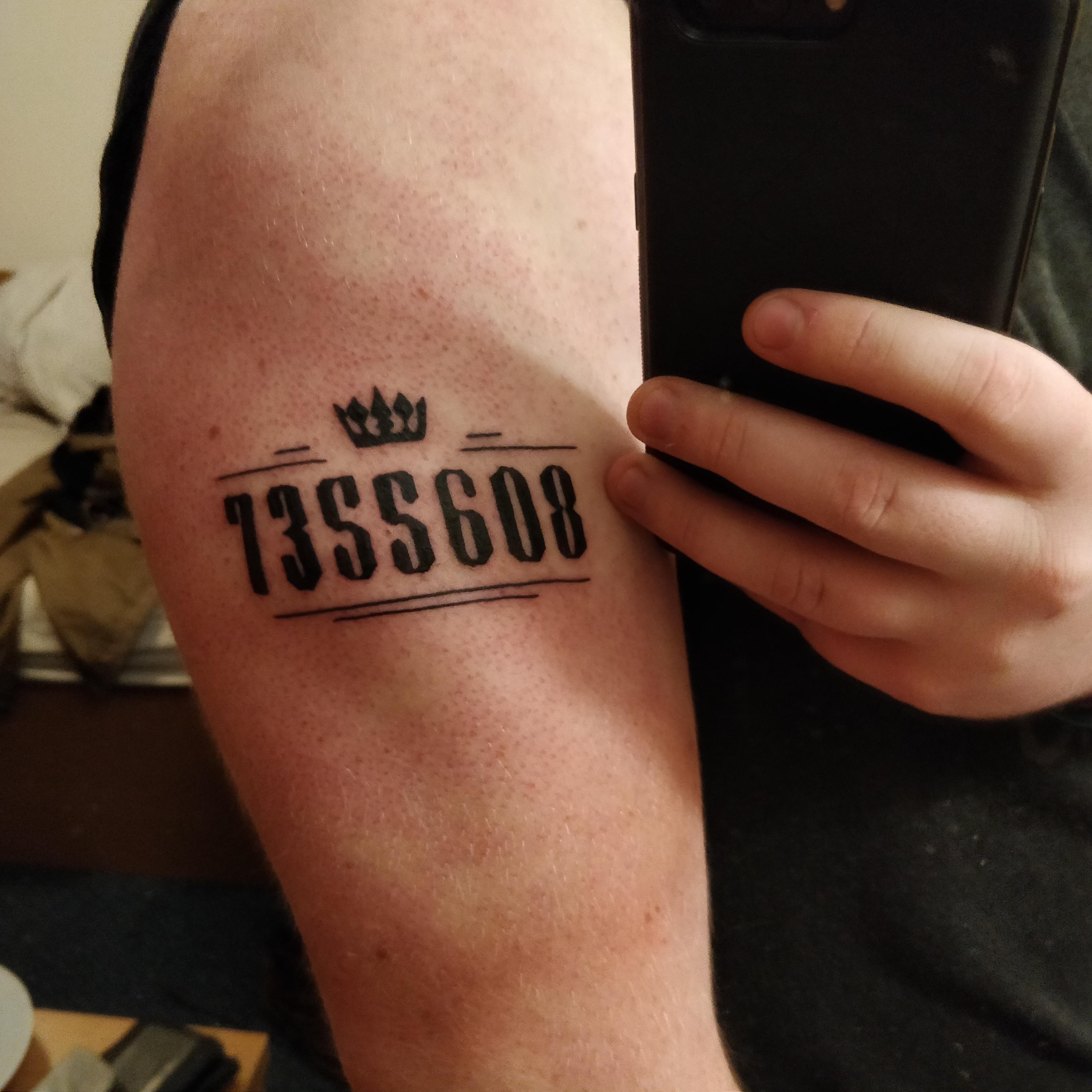
Skin gambling
"Skin gambling was a blessing and a curse for CS:GO."
MiGHTYMAX
The dark side of the addition of tradable skins to CS:GO was the third party gambling sites that were built on them, cleverly using the Steam API to facilitate trading of skins while bypassing the limitations of the Steam Marketplace. From simply using them to bet on pro matches through to fully fledged casinos and everything you can think of in-between, skin betting became a massive business with some reports stating that billions of dollars worth of skins were going through these unregulated businesses every year.
"Skin gambling started out for some as a relatively innocent way to get rid of cheapo skins by staking them on matches—for others it was a profit-making exercise," says Bardolph. "The big turning point was went the first jackpot site turned up—it had nothing to do with CS:GO matches or anything else, just relatively instant gratification with user against user, hoping the site would not steal the better skins in the pot or rig the thing entirely, which of course, was inevitable in an unregulated space."
As you would expect with a completely unregulated gambling space it created a lot of issues, from match fixing in the pro scene, to underage gambling, scams and money laundering. There was the infamous case that made mainstream news of influencers Trevor "TmarTn" Martin and Thomas "Syndicate" Cassell advertising a CS:GO gambling site, which it later transpired they were part owners of, by making videos showing off the money they had made gambling, without disclosing their ownership role or the fact they were given free skins to gamble with. This eventually resulted in a settlement with the FTC, and warnings to over 20 other influencers for similar infringements. The FTC also updated its social media disclosure guidance as a result of the case.
"It was all very unregulated and left a lot of people having skins stolen, scammed, or just lost through a form of betting that they shouldn't have been exposed to whilst playing an online video game," says Jacky. "Then there was the greed that meant we lost key players from Counter-Strike history like Joshua "steel" Nissan [one of the first pro players to get a lifetime ban], due to the throwing scandals that forever shaped the CS:GO scene."
The Washington State Gambling Commission told Valve to stop all skin transfers that were related to betting in October 2016, and Valve sent cease and desist orders to the biggest sites out there, as well as adding more restrictions to skin transfers. It didn’t entirely stop the problem, as there are still places where you can wager your CS:GO skins today, but the prevalence of skin betting has dropped off significantly.
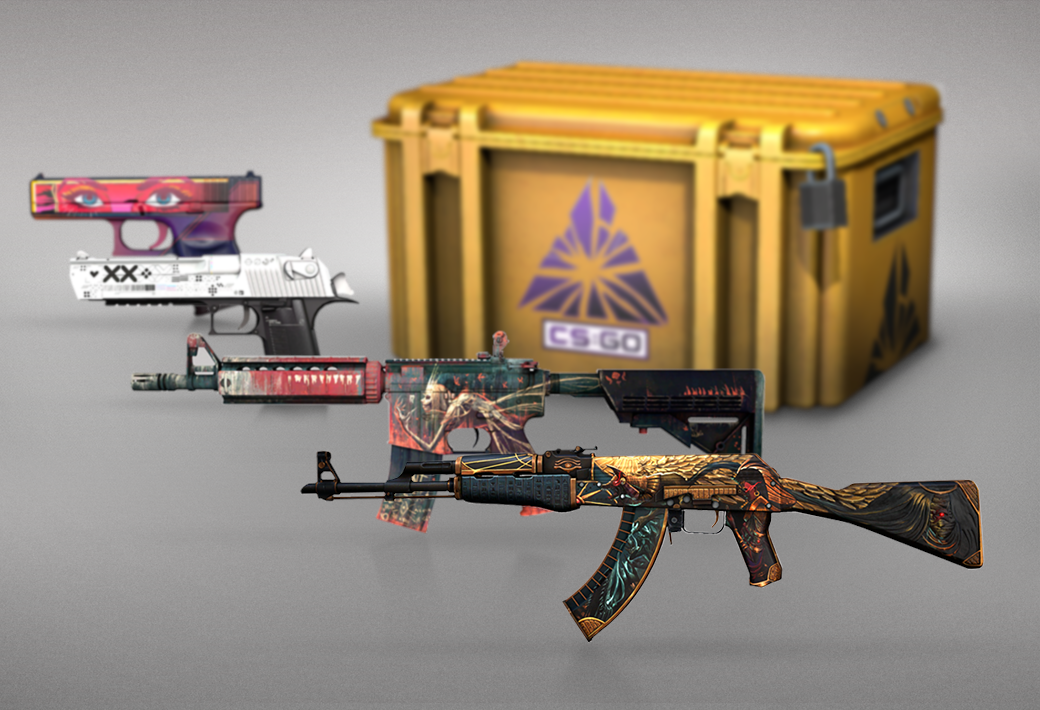
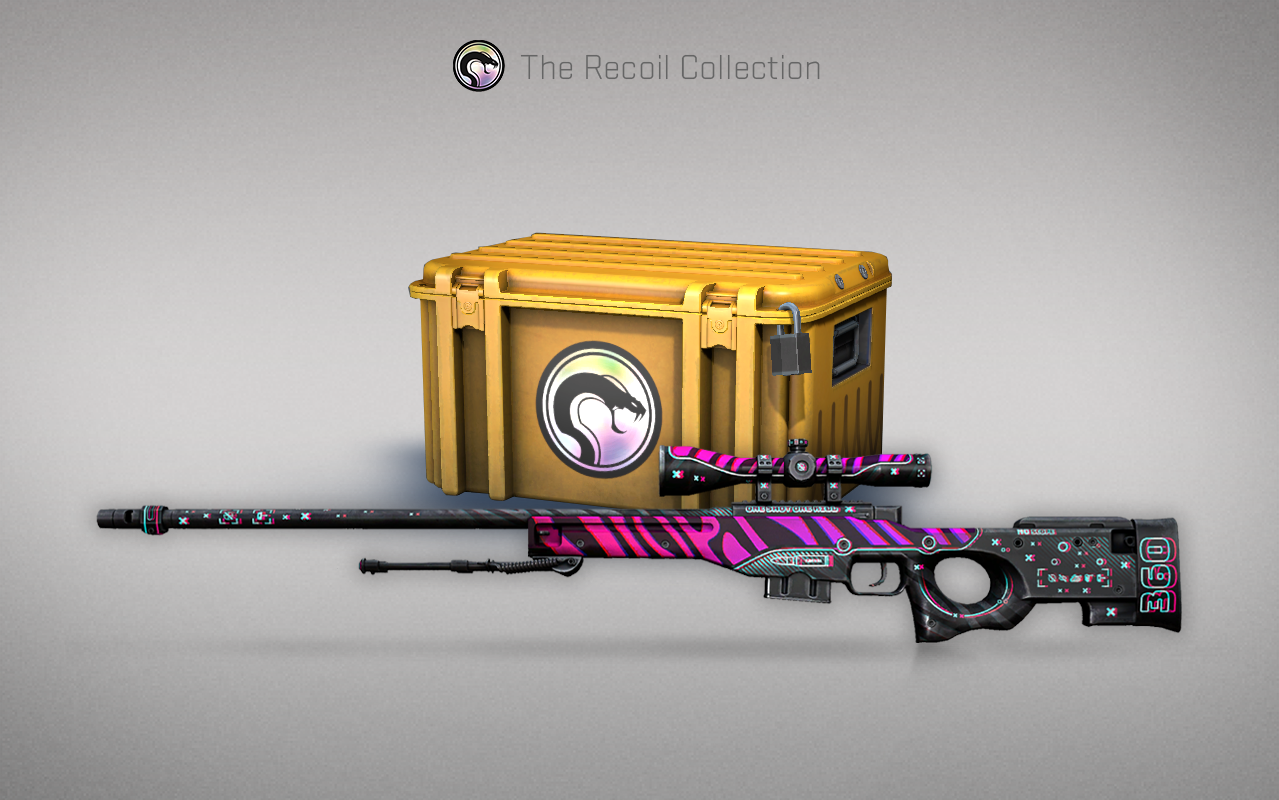
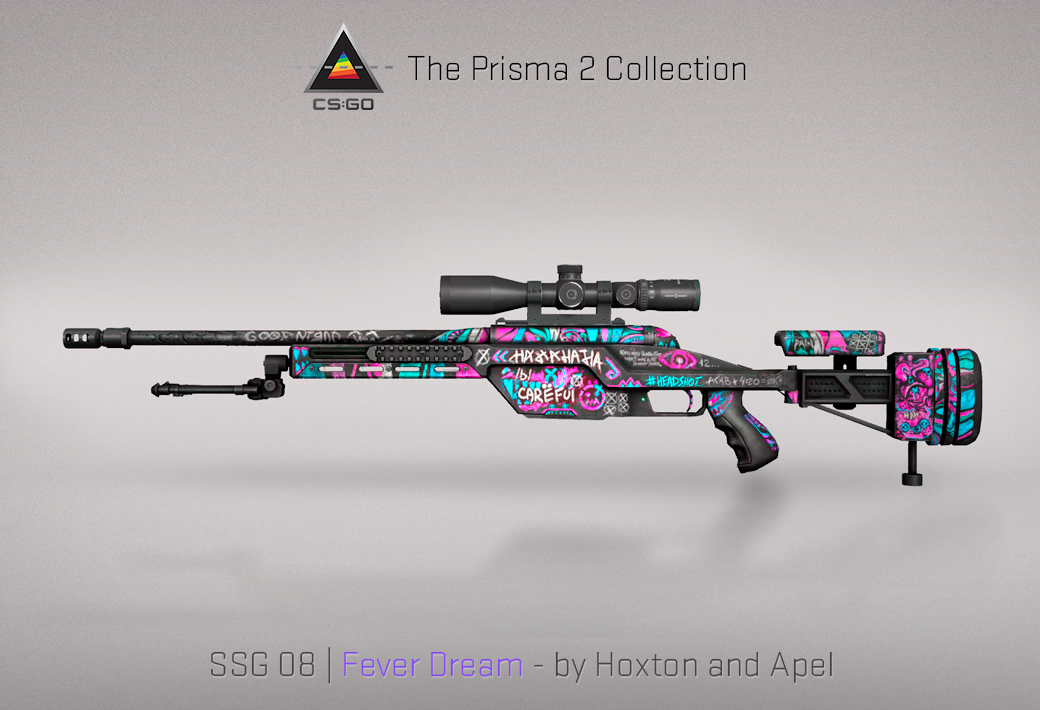
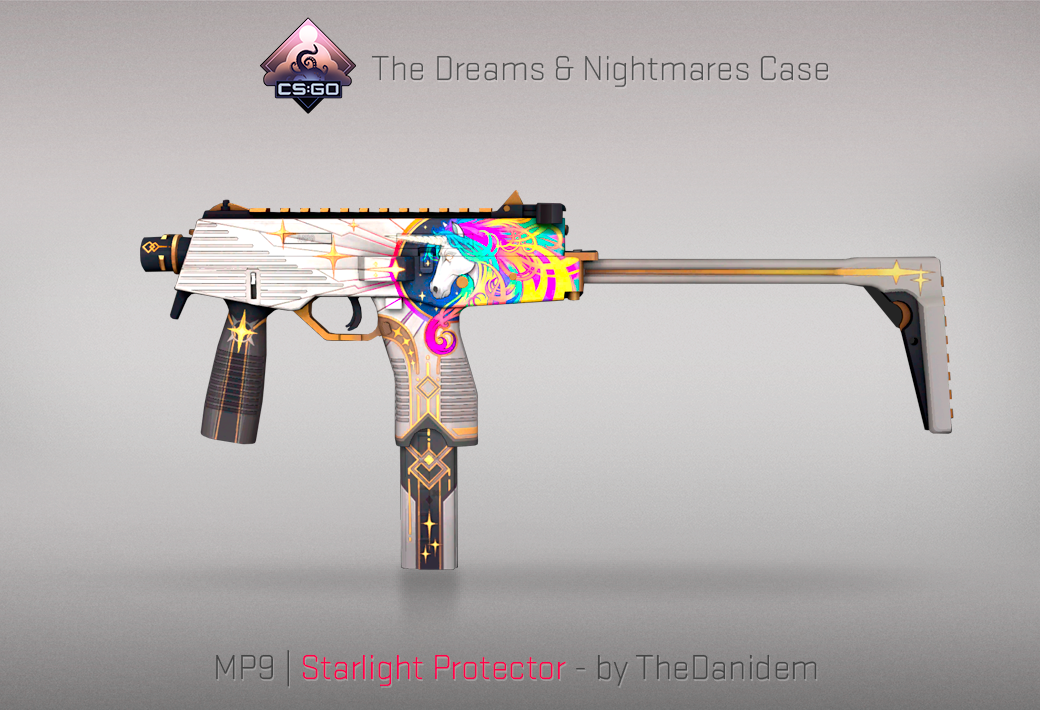
The unfortunate truth of the entire skin economy, including the gambling side of it, is that without it there is a good chance that, at best, the pro scene would not be as large as it is today, and at worst CS:GO would never have hit the heights it has. Skins added a way to express yourself in-game. One of your teammates commenting "nice AK bro" never gets old, and the option to further customise them with nameplates and stickers mean that you can have a loadout that really feels like 'yours', in a game where loadouts are at the core of the action.
Skins are also something to collect, with the appeal of a lucky rare drops that may be worth serious cash, all of which are reasons I and others have bought too many keys to count. Put this next to the money that the skin trading and gambling sites pumped into the pro scene and content creators, and you can argue that they were effectively advertising the game when Valve notoriously doesn’t.
The legacy of CS:GO skins has two sides. They were a key part in the success of the game, with many others trying to replicate the feature. But the negatives included people losing a lot of money, mainstream controversies that certainly didn’t help the perception of CS:GO and games in general, and incidents where government agencies had to step in to regulate behaviour that crossed from exploitative into criminal territory.
"Skin gambling was a blessing and a curse for CS:GO," says MiGHTYMAX. "There is no argument that skin-betting sponsorships drove massive player growth and enabled players to be salaried—as well as higher prize pools for tournaments. However the darker side of skin gambling facilitated underage gambling, rigged gambling websites and match-fixing."
The first major
Counter-Strike was one of the biggest esports in the West for many years during the early and mid '00s. Both 1.6 and Source had big, for the time, pro scenes and it was one of the first titles to offer up big money, with prize pools in excess of $100,000, to its players. But by the time CS:GO came around in 2012 the landscape looked very different: League of Legends, StarCraft II and Dota 2 now loomed over the CS 1.6 and Source pro scenes, offering massive prize pools for the biggest events and attracting the best pro teams around.
The unpopular launch of CS:GO among pros and the reluctance of some players to make the switch to the newest game meant that the competitive scene got off to a slow start. Then Valve announced the first ever CS:GO Major, a $250,000 tournament to take place at the large esports event DreamHack Winter 2013, and opinions on the potential of CS:GO as a top level esport quickly changed.
"For me this was mind-blowing, this was us going to the next level," says Banks. "CS:GO was doing well but getting the Major, having it with Dreamhack, in Sweden, it was perfectly put together, it was iconic. Back then I was not working at this level of events, I was still finding my way but I was in the crowd, I watched it all. It is forever a moment in my life that I won’t ever forget, I just remember knowing I wanted to work this kind of event."
"It began to feel like we were part of something bigger by sticking by CS:GO from its rocky release to reaching the first Major," says Jacky. "After seeing Fnatic crowned the champions at DreamHack Winter I knew that Counter-Strike truly was my passion and in some way, as a player, an admin, or a commentator, that I would be on a stage like that one day. It gave me a passion outside of just being a player, and a craving to be more involved in the culture of the game, in any capacity."
After the success of the first Major it was nailed-on that CS:GO would become the definitive version of Counter-Strike played at the top level. More Majors quickly followed, with third party tournaments also upping their game and offering bigger prizes and scale of events. It took a few years for CS:GO to really match the money and size of events that League of Legends and Dota 2 were offering, but now it is in the top tier of esports, and some will argue the very best out there thanks to how easy it is to watch and enjoy.
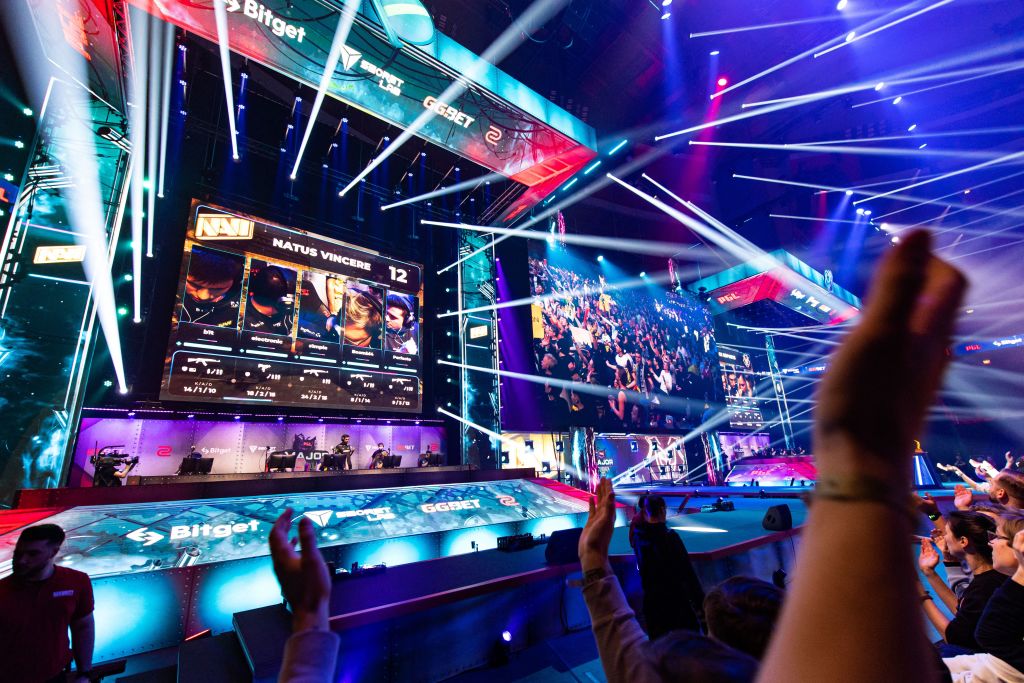
Counter-Strike GOes free-to-play
CS:GO hasn't just moved with the competitive times, but in important ways has shaped them in its own image.
CS:GO didn’t go free-to-play until 2018, which is easy to forget given how popular the game was prior to that With Steam sales regularly knocking the price down below $5, the barrier to entry wasn’t exactly high but Valve decided to take the plunge and open the floodgates. It also coincided with the release of Danger Zone, CS:GO’s battle royale offering, which felt a little like the game was following the crowd: initial reaction from long-term players wasn’t great.
"The initial backlash at the time from myself and friends around me was the frustration that you paid for the game, and got nothing more for your early investment," says Jacky. "And the fear that the game would be overrun by even more cheaters, a problem that was already happening at the time. But making the game F2P did help CS:GO grow bigger and reach more players, and Valve has kept increasing security and factors to hold back the cheaters. So I think the move was the second most important update to CS:GO alongside adding skins."
There was certainly a lot of backlash from the established CS:GO community at the time, but the free-to-play switch was never going to please them. It opened the game up to millions more players, especially those outside of the Western community that for years dominated the conversation around the CS franchise. Without the switch to free-to-play CS:GO would likely be facing a dwindling player base right now, instead, the number of peak concurrent players has doubled compared to what it was before the switch.
"Part of Counter-Strike's long term success is because it has been playable on poor spec computers and very affordable—free-to-play continues this trend in the modern era of the game," says Bardolph. "We did see an explosion of users when it became free to play—there are some significant issues caused by free to play in a popular genre such as cheating, smurf accounts but the pros outweigh the cons by far. Free-to-play is one of the signs of the game evolving over time."
Outside of some lockdown related spikes, CS:GO is currently enjoying its highest player counts ever (averaging around six hundred thousand users on Steam at any one time) and the game's future among both players and pros seems secure. With the heavily rumoured switch to the Source 2 engine finally expected to hit soon, although fans have been saying that for a while at this point, it’s very likely the game will continue to grow for the foreseeable future.
On such an anniversary, perhaps we should challenge a bit of received wisdom about Counter-Strike more generally: that it's 'always been the same game' in some sense. You can understand what it's driving at. The core of this experience always has and will always be a CT team and a T team with a bomb, and yes people will be playing that on Dust 2 for as long as they're playing Counter-Strike.
But CS:GO's arc shows what a chameleon the series has always been, thanks in large part to its community and then—credit where credit's due—Valve working out how it could best harness and reward that creativity. CS:GO hasn't just moved with the competitive times, but in important ways has shaped them in its own image. It reinvents itself: maybe not all at once, and maybe at a glacial pace, but the game now is unrecognisable from what it was at launch.
As any long-term player will tell you, there are some fundamental rules to Counter-Strike. And one of those is that when the competition know where you are, you better work out some way to keep moving.

